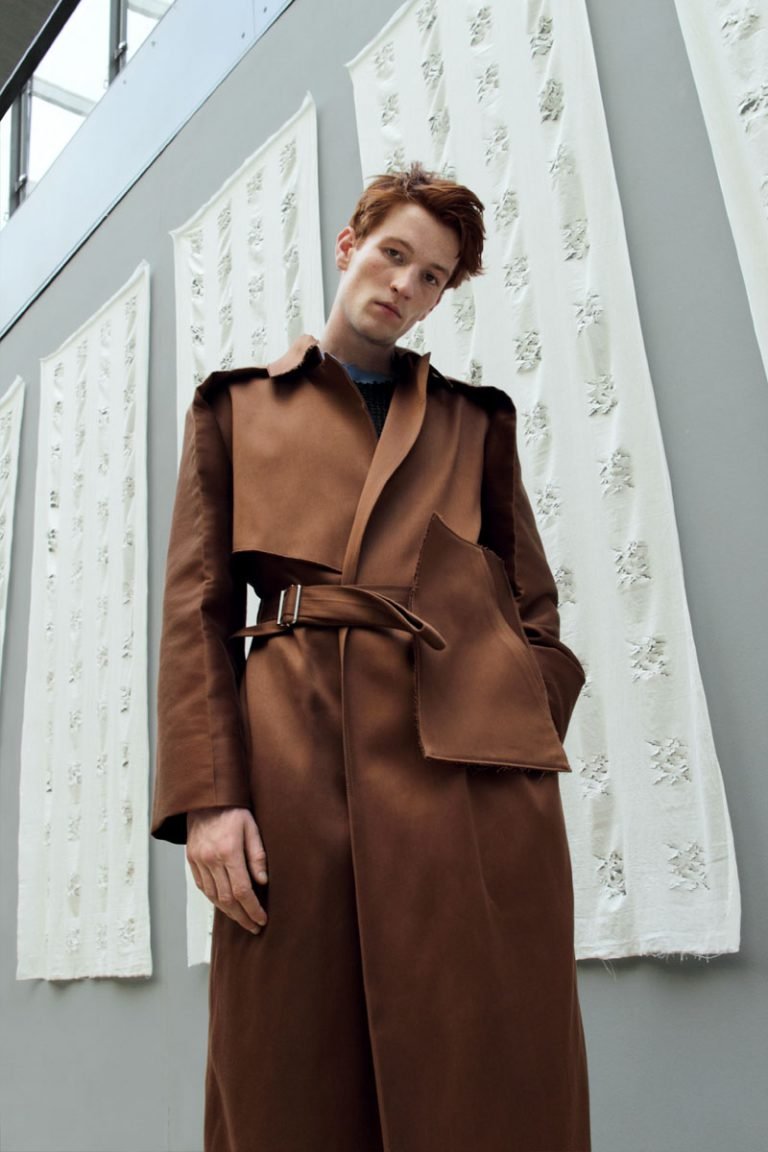Responding to the demand for protective wear, big fashion houses are updating their materials. The Albini Group, which supplies materials to brands including Prada and Tom Ford, launched a new Viroformula fabric in May 2020 that “protects against viruses and bacteria thanks to cutting-edge technology.”
The ViralOff technology from Polygiene is a textile treatment that kills 99 percent of viruses on the surface in two hours.
Diesel quickly followed suit after the announcement: the company revealed a collaboration with Swedish firm Polygiene to treat a number of its Spring/Summer 2021 denim styles with an antiviral injection. The ViralOff technology from Polygiene is a textile treatment that kills 99 percent of viruses on the surface in two hours. It didn’t take long for entrepreneurs to spot a business opportunity, and companies like BioRomper were born. The company concentrated its resources on a single product: an antimicrobial jumpsuit that prevented cross-surface contamination when traveling. A garment that was both fashionable and functional: the romper’s sleek, stretchy fabric has a fashionable feel, and the antimicrobial finish helps to keep germs off of chairs, headrests, and other surfaces.
A laser-cut leather pinafore dress appeared in Maria Grazia Chiuri’s Dior A/W 21 collection and Simone Rocha and Ferragamo also presented a mix of uniform staples: clean white tops, deconstructed pinafore aprons, lunchbox-style bags, and chunky rubber-soled brogues.
Designers like Phillip Lim were able to pick up on the trend. Lim launched Live Free: a more affordable, direct-to-consumer range featuring Fuze Biotech, a safe textile-enhancing technology that not only removes bacteria but also speeds up cooling and drying, in November 2020. Most recently, a laser-cut leather pinafore dress also appeared in Maria Grazia Chiuri’s Dior Autumn/Winter 21 collection, with Simone Rocha and Ferragamo also presenting a mix of uniform staples: clean white tops, deconstructed pinafore aprons, lunchbox-style bags, and chunky rubber-soled brogues. These pieces can be immediately associated with Cottagecore: a burgeoning subculture that celebrates rural domesticity and has racked up over 71 million TikTok views and 141,000 Instagram posts throughout the pandemic. The New-York based brand Batsheva and its nostalgic pinafore dresses have proven a hit with Cottagecore fans, becoming the epitome of the trend.





















